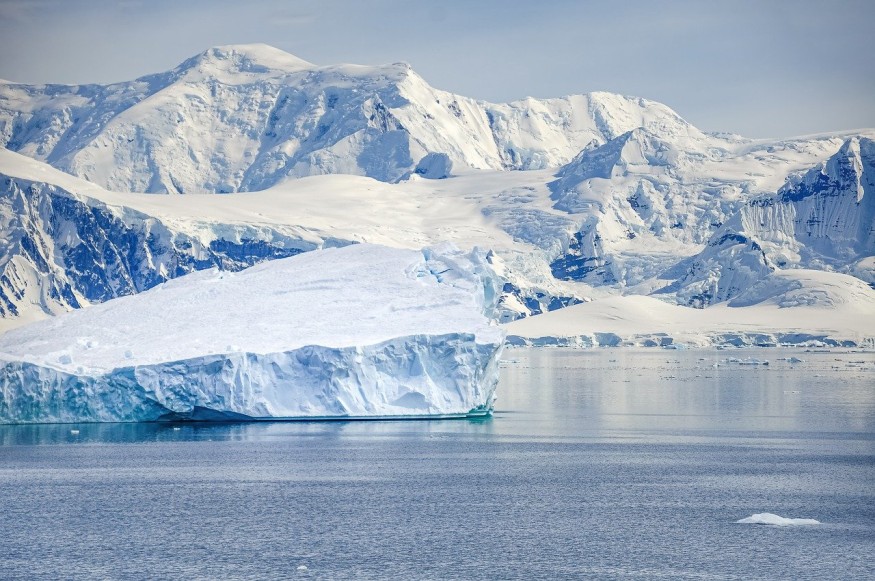
In a remarkable footage, iceberg A23a was seen floating right into the Southern Ocean. This comes after A23a stayed stuck in the ocean floor for over 30 years.
World's Biggest Iceberg Seen Moving
Last week, A23a made headlines as it started moving after being stuck to the ocean floor for 30 years. Now, a new video of the iceberg has been released by the British Antarctic Survey (BAS). It features shots taken by the RRS Sir David Attenborough.
The footage shows the huge iceberg stretching beyond the research vessel. Dr. Andrew Meijers, who serves as the chief scientist at RRS Sir David Attenborough and the BAS' polar oceans science leader, explains that it is remarkably lucky how the route of the iceberg directly passed through them and that they were able to maximize the opportunity. The RRS Sir David Attenborough happened to pass by the A23a as part of its planned route to the Weddell Sea.
Back in 1986, the mega iceberg A23a calved from the Filchner Ice Shelf and stayed stuck to the seabed until just last week. It broke free on November 24 and started moving beyond the Weddell Sea sector and entering the Southern Ocean.
According to the BAS, it is likely that the iceberg will be swept by the Antarctic Circumpolar Current right into what is known as the iceberg alley. This may put it on a typical iceberg trajectory toward South Georgia's sub-Antarctic island.
A23a spans around 4,000 square kilometers, making it roughly thrice as big as New York City. It is slightly smaller than ACT doubled and Kangaroo Island.
Samples Taken
On top of filming the iceberg, researchers were also able to take samples of it, with hopes that these samples could aid understanding of the impacts of climate change on the Southern Ocean and its dwellers.
Biogeochemist Laura Taylor, who is part of the mission, explains that they know that these huge icebergs can offer nutrition to the waters it reaches. This could lead to ecosystems that thrive in areas that would have been otherwise less productive.
Taylor adds that what remains a mystery is how the origins and scale of the iceberg could affect such a process. They gathered samples from the ocean surfaces that were behind, ahead of, and immediately adjacent to the route of the iceberg.
These samples could help them know more about what life could form around the iceberg and how A23a and other similar icebergs could affect oceanic carbon levels and its atmospheric balance.
While this massive iceberg is truly huge, records regarding the largest icebergs tend to change over the years. This is due to new ones getting calved off the Arctic and breaking into smaller chunks.
RELATED ARTICLE : Iceberg History May Explain Climate Change
Check out more news and information on Environment & Climate in Science Times.












